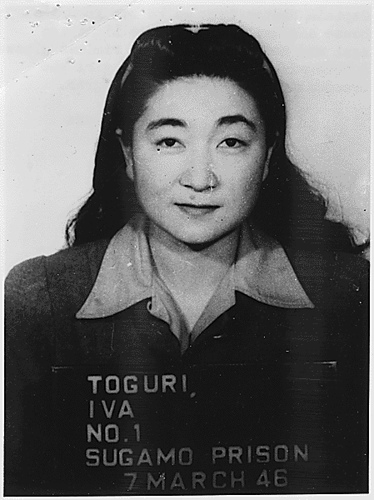 I grew up – like all baby boomers – during an era of radio when the Top 40 format was perfected during the first two decade of rock and roll, and genres didn’t divide up into separate formats. An entire generation of pop music fans pretty much grew up listening to a wild mix of rock, soul, country – white and black – with a lot of novelty songs thrown in for good measure.
I grew up – like all baby boomers – during an era of radio when the Top 40 format was perfected during the first two decade of rock and roll, and genres didn’t divide up into separate formats. An entire generation of pop music fans pretty much grew up listening to a wild mix of rock, soul, country – white and black – with a lot of novelty songs thrown in for good measure.
This was true through the 1960s, certainly and also up through the mid-‘70s. But two things happened to radio between, say 1969 and 1974. First, the FM progressive or freeform format that had emerged in 1967 began attracting the older rock music fans, and for the first time, after 1969, there was a defined generation gap. If you were in college and protesting the Vietnam war, chances were the Archies’ “Sugar Sugar†wasn’t as relevant to you as, say, Ten Years After’s “I’d Love to Change the World.†For me, being just 11 during the summer of 1969, bubblegum rock was a sweet and welcome part of my musical diet.
There was a lot of crossover between FM and AM, especially during the early ‘70s. For instance songs like Crosby, Stills, Nash and Young’s “Ohio†was a hit on AM as well as FM stations. Continue reading →
 Iva Toguri D’Aquino died Sept. 26, 2006 at age 90, in Chicago. You might not know her, or remember her today, but she was a victim of circumstance who was once one of the most hated women in the United States.
Iva Toguri D’Aquino died Sept. 26, 2006 at age 90, in Chicago. You might not know her, or remember her today, but she was a victim of circumstance who was once one of the most hated women in the United States.



 Think “
Think “ I grew up – like all baby boomers – during an era of radio when the Top 40 format was perfected during the first two decade of rock and roll, and genres didn’t divide up into separate formats. An entire generation of pop music fans pretty much grew up listening to a wild mix of rock, soul, country – white and black – with a lot of novelty songs thrown in for good measure.
I grew up – like all baby boomers – during an era of radio when the Top 40 format was perfected during the first two decade of rock and roll, and genres didn’t divide up into separate formats. An entire generation of pop music fans pretty much grew up listening to a wild mix of rock, soul, country – white and black – with a lot of novelty songs thrown in for good measure.





